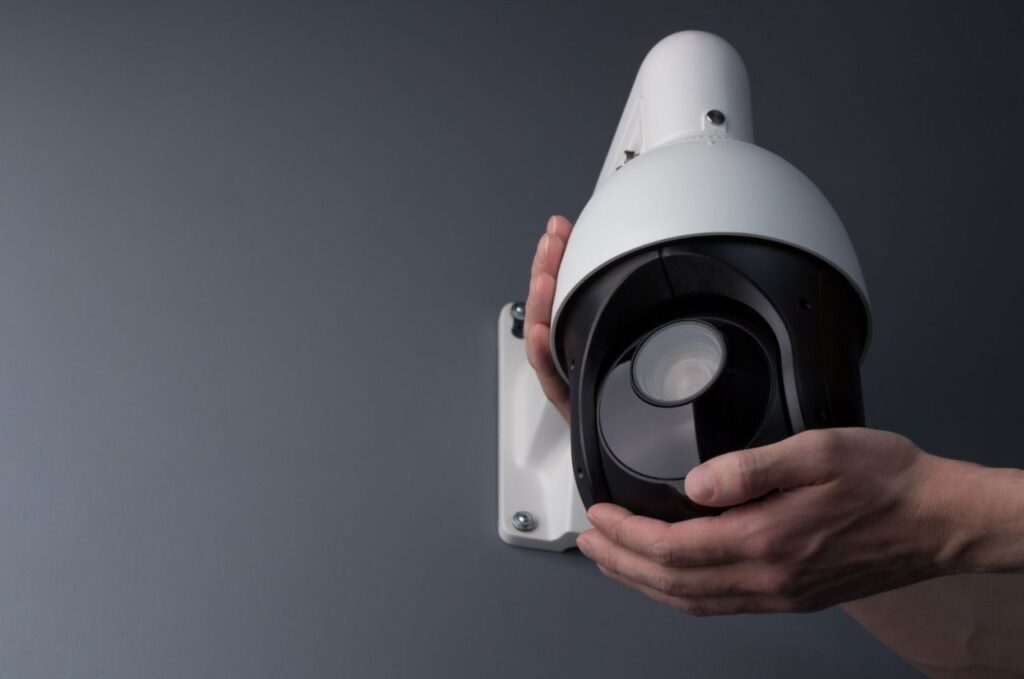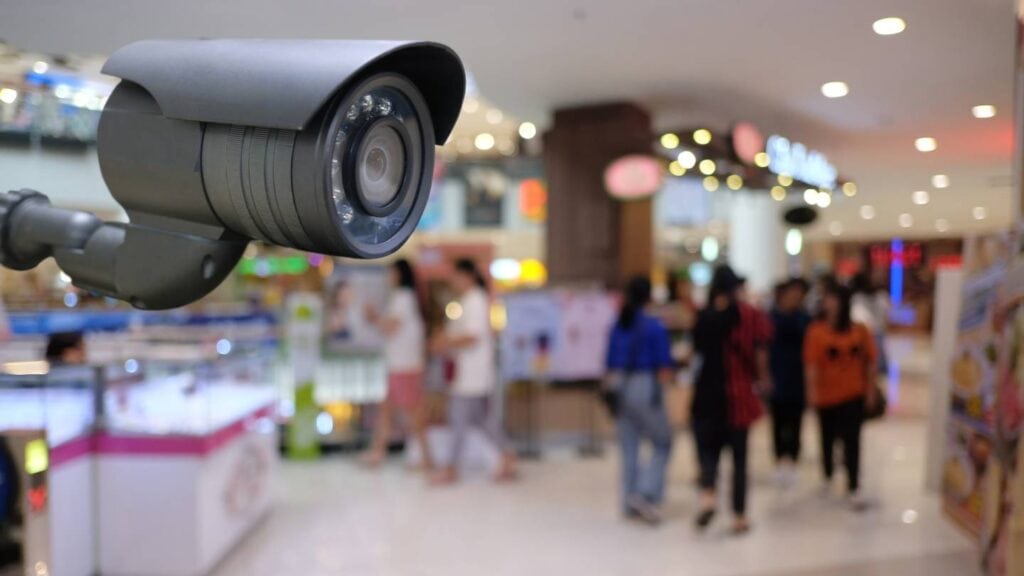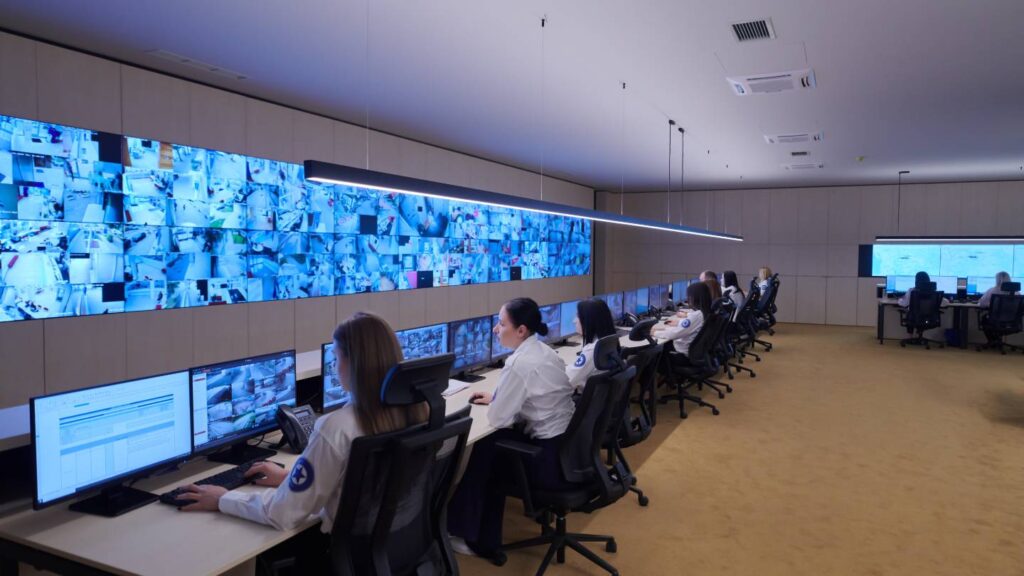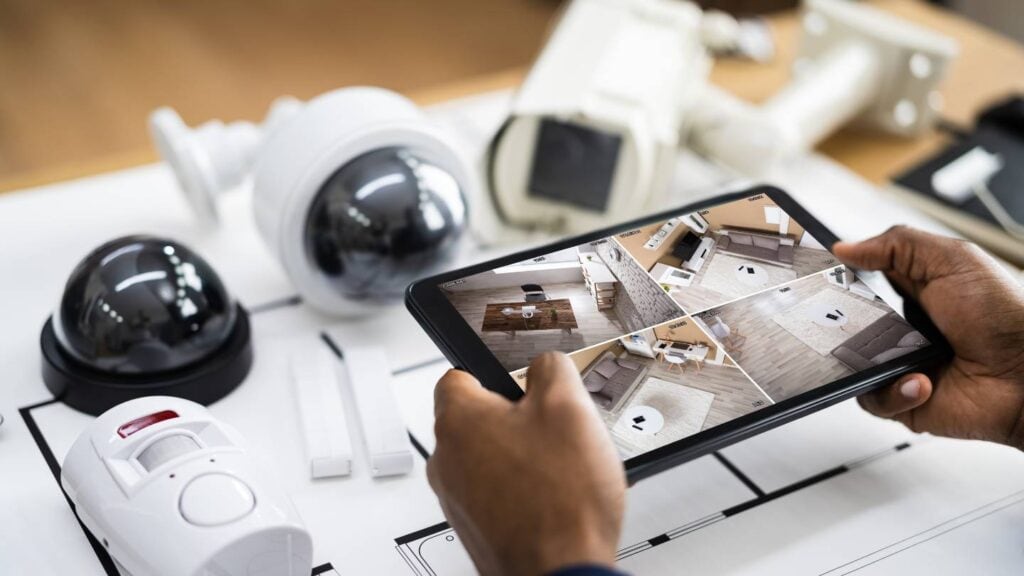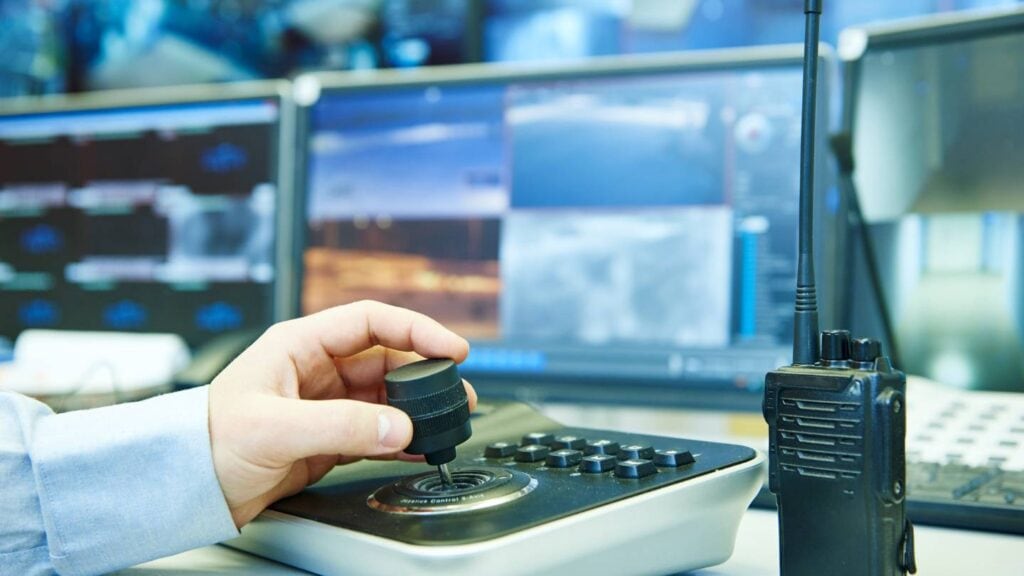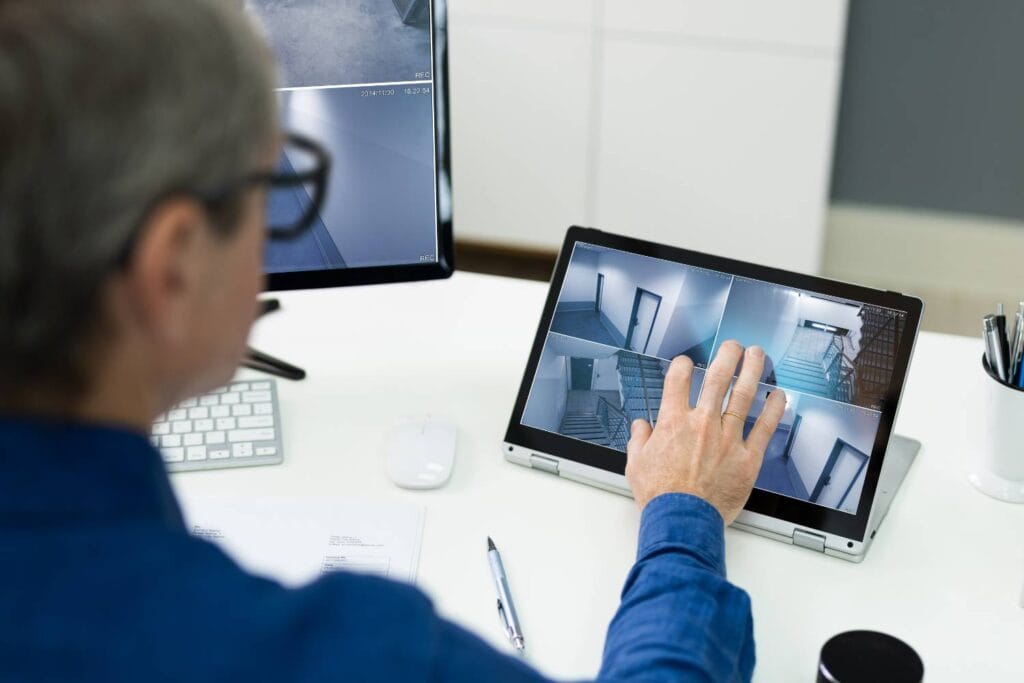Businesses and organisations confront numerous obstacles in today's rapidly evolving and increasingly digital environment regarding protecting their assets, information, and physical locations. "Can Integrated Security Systems Help In Loss Prevention?" is a crucial question.
As this question shows, an all-encompassing security solution that can effectively reduce risks, discourage criminal activity, and boost general safety is becoming more important. Combating theft and loss is a top priority for integrated security systems, which integrate several components, such as alarms, video monitoring, and access control, into one unified framework.
These systems provide a solid defence mechanism that can greatly lessen vulnerabilities and safeguard important resources by utilising the interplay between different security components. This introductory section aims to lay the groundwork for a more in-depth knowledge of the function of integrated security systems in contemporary security strategies by exploring their capacities and advantages in loss prevention.
The Importance Of Security Systems
Security systems use various methods and technology to keep people, property, and places secure. Their primary function is to prevent theft and unauthorised access. By establishing a secure workplace, businesses can greatly lessen the likelihood of suffering losses due to theft or damage. Let's take a look at some important parts of security systems that help prevent loss:
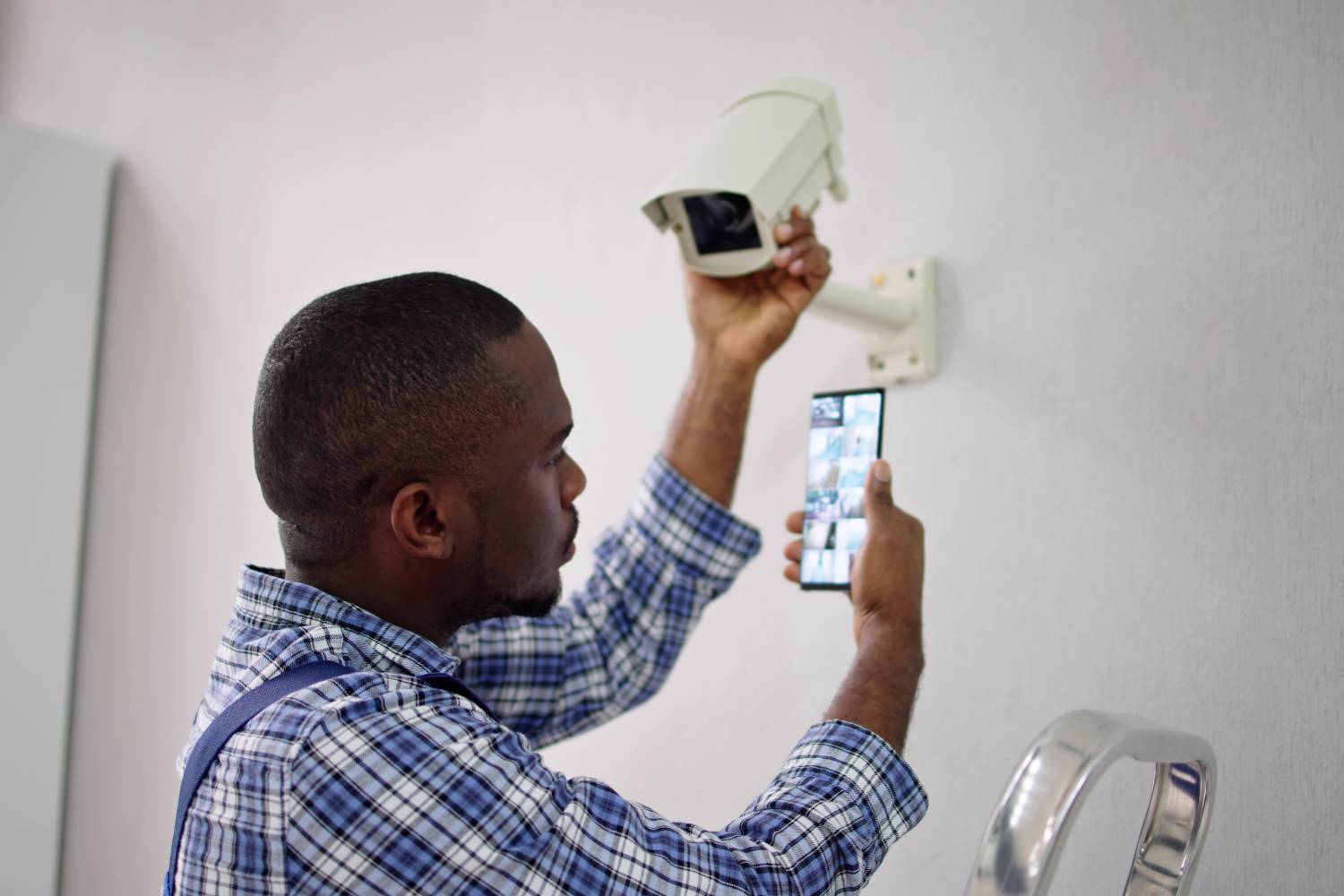
Secure Entrances And Exits With Access Control
The backbone of any reliable company's security system is its access control system. The purpose of these systems is to control and monitor access to certain parts of a building. Access control techniques allow companies to restrict entry to important areas like server rooms, storage spaces, and administrative offices to authorised personnel only.
Keycards, biometric measurements (such as fingerprints or retina scans), and private identification numbers (PINs) are ways access control systems authenticate users. This multi-pronged strategy does double duty: it blocks unauthorised individuals from restricted zones and records all access activities, which investigators can use to their advantage.
Intrusion Detection Systems: Finding Threats Before They Happen
As watchful guardians, intrusion detection systems keep an eye out for any indications of unusual activity or illegal access to a company's physical location. The sensors in these systems are deliberately placed at doors, windows, and various other entry points to ensure maximum protection. These sensors will immediately notify security staff or monitoring centres of any suspicious activity, whether it be motion, vibrations, or breaches.
The ability to respond in real time is a major strength of intrusion detection systems. They let security teams respond quickly to possible intrusions, halting losses before they get worse. This preventative measure reduces the likelihood of harm from illegal access and dissuades would-be thieves.
Alarm Systems: Loud Warnings And Quick Action
With their dual purpose of delivering immediate notifications and aural deterrence, alarm systems remain integral to security tactics. These systems communicate with specific individuals or central monitoring stations through flashing lights and loud sirens when activated. The main goal of alarms is to deter would-be attackers by catching them off guard and drawing attention to the security breach.
There is more to modern alarm systems than just individual devices. They work well with additional security features like surveillance and access control systems. This integration makes them more effective by giving security professionals visual confirmation of a breach in real time, which helps them assess the situation more correctly.
Video Surveillance: Keeping Tabs And Gathering Proof
Over the past few years, video surveillance has gone a long way, from basic closed-circuit television cameras to complex systems that can record HD video and allow remote monitoring. As a kind of perpetual vigilance, surveillance cameras record footage of all occurrences that may occur on a company's property.
There are two functions that surveillance cameras serve in preventing theft. One benefit is that they discourage would-be criminals just by being there. When criminals realise a business is being monitored and recorded, they are less inclined to target that establishment. Second, surveillance tape is a great tool for investigating and, hopefully, catching criminals in the case of a break-in or theft.
Effective Loss Prevention Tools For Retailers
More than updating specific parts of a retail security system is needed; the whole system must be well-integrated to be effective. Its efficacy will depend on how well all these systems integrate. They can restrict losses from theft using these technologies, which can alert them and let them watch for criminals.
Surveillance
When set up correctly, security cameras can reduce shoplifting and staff theft. By enhancing your system's capabilities and serving as deterrents, blind spot monitors lower the initial theft risk. Blind spot monitors lessen the likelihood of shoplifting since shoplifters often go for stores' blind areas.
Access Control
By notifying staff when clients approach expensive areas, door alarms can aid in foot traffic management. Electronics, jewellery, and other "need to access" items can be securely locked away with keycards or magnetic locks. A well-designed system will sound an alert when intruders attempt to access restricted areas.
Crucial Communications
Communicating with others without leaving one's position is a critical capability of any communications system. They make sure the cops are notified properly, as well. By redirecting criminals away from unskilled retail workers and onto trained security officers, these technologies lessen the danger to employees.
Retail loss prevention executives must seek comprehensive system evaluations from seasoned integrators to guarantee the proper functioning of all these solutions. A certified integrator can help you reduce blind spots in your store, build a theft detection system that works, and back up your vital communication programmes all around your business.
A vital connection in this situation is the integration of store security systems. Systems that work together make it easier for surveillance programs to alert loss control, who can follow the criminal about and keep an eye on them until the authorities come. A completely integrated system can bolster an overall shrinkage control plan by shifting the responsibility for managing shrinkage to objective security technology rather than subjective, unskilled staff.
Retail Theft Prevention With Integrated Security
Companies in the retail sector are facing a major problem: shrinking. Theft, destruction, and human mistake have long been issues, but they have reached crisis proportions recently.
Alert Repeat Offenders
Repeat offenders make up many criminal, shoplifting, and theft communities, particularly those who have mastered the art of stealth. While security and video cameras were rolling, customers and personnel alike have been known to perpetrate theft, fraud, or mistakes.
Quickly Find And Share Investigation Evidence
Locating instances of shrinkage is a distinct matter. Another matter involves the authorities prosecuting wrongdoers or taking measures against guilty personnel. In these cases, merchants require comprehensive, trustworthy, and legally compliant proof to back up their assertions (and to evade responsibility).
Retail operations & compliance employees often spend too much time doing this. The time cost becomes excessive when you extend that task to several places. Those on the team truly require a quick method to find and present impartial video evidence.
The reaction time is drastically reduced with an integrated shop security solution. One feature is that site managers & security staff can be notified via text message or email with a link to access the film and take appropriate action. Internal teams can submit films for review to authorities at any given moment. Some stores even broadcast live feeds so the authorities can follow along and react in real-time.
Professional Monitoring Reduces False Alarms And Improves Security
Store managers & security personnel prefer to be notified immediately rather than after an incident. However, there are situations where a prompt response to a danger is not feasible. An excellent technique to guarantee that someone can check and react to an occurrence at any hour of the day or night is to integrate a video security system with 24/7 professional monitoring.
Professional monitoring using video verification has many advantages, including eliminating false alarms, a prevalent issue for merchants. It is difficult to determine whether a passing animal or a robber activated a motion detector without visual context. A great way to save time and money is to use video verification to assess the legality of an event.
This is especially useful now that more and more police departments are starting to fine departments for numerous false alarms. By eliminating false alarms through video verification, one family-owned retail business saved $150,000 across 43 sites in only one year.
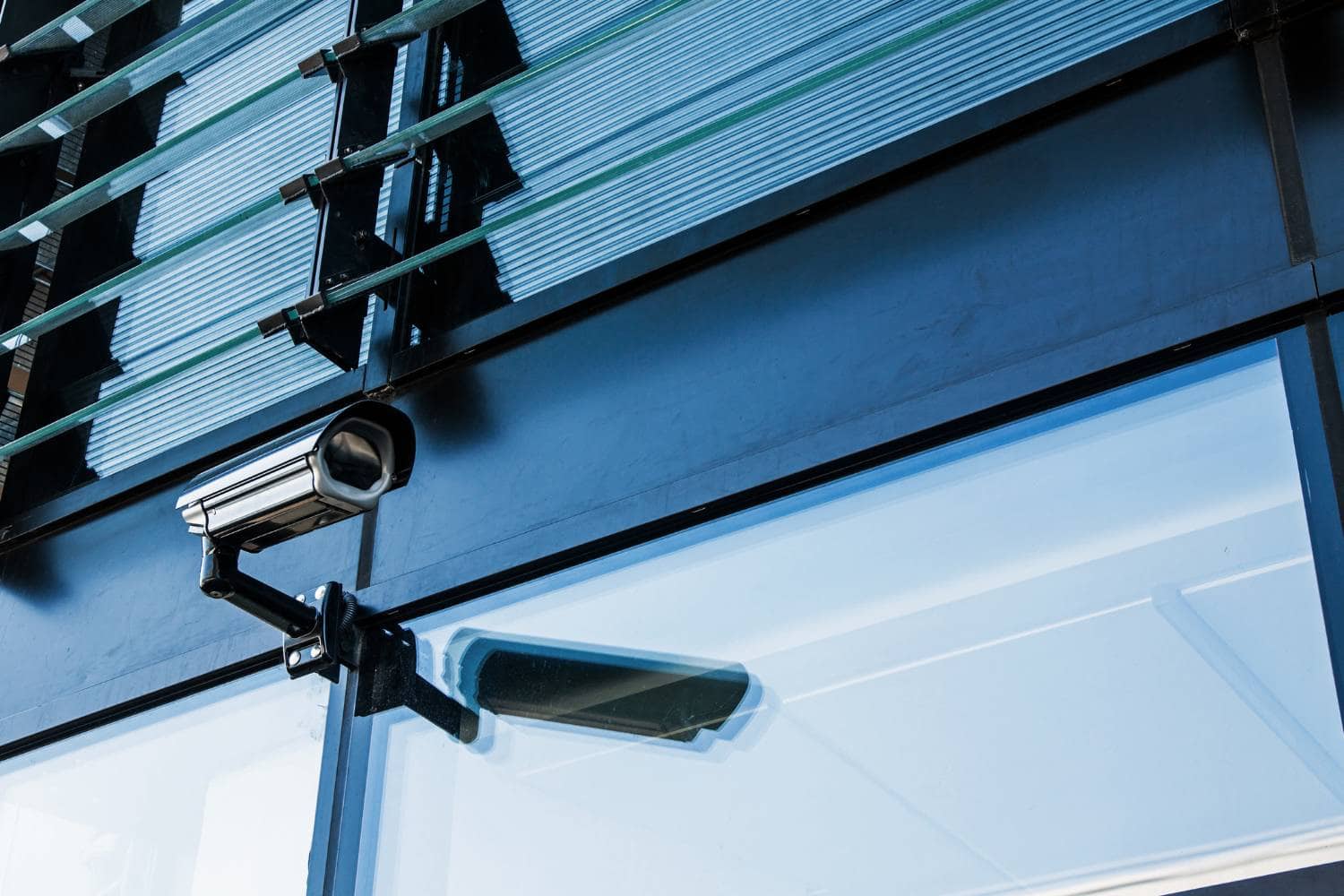
Simplify Scaling Retail Store Management
Most stores have multiple locations or need more than a single massive building. Regarding security systems, both environments will put a lot of pressure on security workers, site managers, and IT teams. The perfect scenario would be for these team members to have a centralised platform they can access from any device. This would allow them to manage many users and devices more easily.
Simplifying security administration across 16 sites was made possible by one retailer's usage of Verkada. It took less than ten minutes to get each camera operational, and administrators could easily offer different degrees of access to employees using group-level rights. Thanks to remote access to devices, the IT director may view and respond to issues at any store, regardless of his physical location.
Let Employees Request Help Anytime, Anywhere
Retailers must constantly ensure that their personnel can quietly and promptly summon assistance if they feel endangered, whether from a smash-and-grab or an aggressive consumer. Assuring that staff have access to help in an emergency is as easy as installing panic buttons.
An integrated security system amplifies the power of panic buttons. By linking some cameras to panic buttons, administrators and on-site security can quickly access a live video stream of the pressed location. A store's access control system can be used by panic buttons to initiate a lockdown sequence or to activate warning equipment like lights or sirens. Based on the store's needs, a customisable panic button can be set to inform a specific individual, on-site security, or other emergency services.
Conclusion
Integrated security systems are crucial in today's digital environment for businesses to protect their assets, information, and physical locations. These systems integrate components like access control, intrusion detection, alarm systems, and video surveillance into a unified framework.
Access control systems restrict access to specific areas, while intrusion detection systems detect threats before they occur. Alarm systems provide immediate notifications and deterrence, while video surveillance records footage of potential security breaches. These systems help businesses reduce the likelihood of theft and damage, while also providing a solid defense mechanism to safeguard important resources.
Retailers need to integrate their security systems to prevent theft and reduce shoplifting. Security cameras can reduce shoplifting and staff theft by enhancing surveillance capabilities. Access control systems can help manage foot traffic by notifying staff when customers approach expensive areas.
Communication systems redirect criminals away from unskilled workers and onto trained security officers. Integrating store security systems can help reduce blind spots, build effective theft detection systems, and support communication programs. Retail theft prevention can be improved by alerting repeat offenders, quickly finding and sharing investigation evidence, and using professional monitoring to reduce false alarms.
A centralized platform can simplify scaling retail store management and allow employees to request help anytime, anywhere. Implementing panic buttons can also help in emergency situations, allowing staff to access live video streams and alert authorities. Consulting seasoned integrators can ensure the proper functioning of these systems.
Content Summary:
- Security systems use various methods and technology to keep people, property, and places secure.
- Their primary function is to prevent theft and unauthorised access.
- Access control systems control and monitor access to certain parts of a building.
- Keycards, biometric measurements, and private identification numbers (PINs) are used to authenticate users.
- This multi-pronged strategy blocks unauthorised individuals from restricted zones and records all access activities.
- These systems monitor for unusual activity or illegal access to a company's physical location.
- They allow security teams to respond in real time to possible intrusions, halting losses before they worsen.
- Alarm systems deliver immediate notifications and aural deterrence.
- They work well with additional security features like surveillance and access control systems.
- Video surveillance cameras record footage of all occurrences on a company's property.
- They discourage would-be criminals by being there and serve as a tool for investigating and catching criminals in case of a break-in or theft.
- Security cameras can reduce shoplifting and staff theft.
- Blind spot monitors serve as deterrents, reducing the initial theft risk.
- Door alarms can help manage foot traffic and secure "need to access" items.
- A well-designed system will sound an alert when intruders attempt to access restricted areas.
- Communication systems can be used to communicate with others without leaving one's position.
- These technologies redirect criminals away from unskilled retail workers and onto trained security officers.
- Retail companies face shrinking, with theft, destruction, and human error becoming major issues.
- Integrated security systems can help alert loss control and manage shrinkage.
- • Integrated shop security solutions can quickly find and share investigation evidence.
- • Site managers and security staff can be notified via text message or email with a link to access the film and take appropriate action.
- • Integrating a video security system with 24/7 professional monitoring can reduce false alarms and improve security.
- • A centralised platform can be used to manage multiple users and devices from any device.
- • One retailer's use of Verkada simplified security administration across 16 sites.
- Let Employees Request Help Anytime, Anywhere
- • An integrated security system can link some cameras to panic buttons, allowing administrators and on-site security to quickly access a live video stream of the pressed location.
Frequently Asked Questions
Employee training is vital for ensuring that staff members understand how to use security equipment properly, recognise potential security threats, and follow procedures for preventing and responding to incidents, making them an integral part of the security system.
Inventory management technology helps track merchandise, reducing the risk of internal theft and errors that can lead to loss. It also aids in identifying discrepancies that could indicate theft or fraud.
Video analytics can enhance surveillance by automatically analysing video footage to detect unusual activities or behaviours that could indicate theft or other security issues, allowing quicker response times and more effective monitoring.
Physical barriers such as gates, bollards, and secure display cases can prevent unauthorised access to the store or specific high-value areas, reducing the likelihood of theft and ensuring the safety of both customers and merchandise.
Emergency response plans are crucial for outlining procedures in the event of various security incidents, including theft, natural disasters, or active shooter situations. These plans ensure employees react swiftly and effectively to minimise harm and secure the premises.





